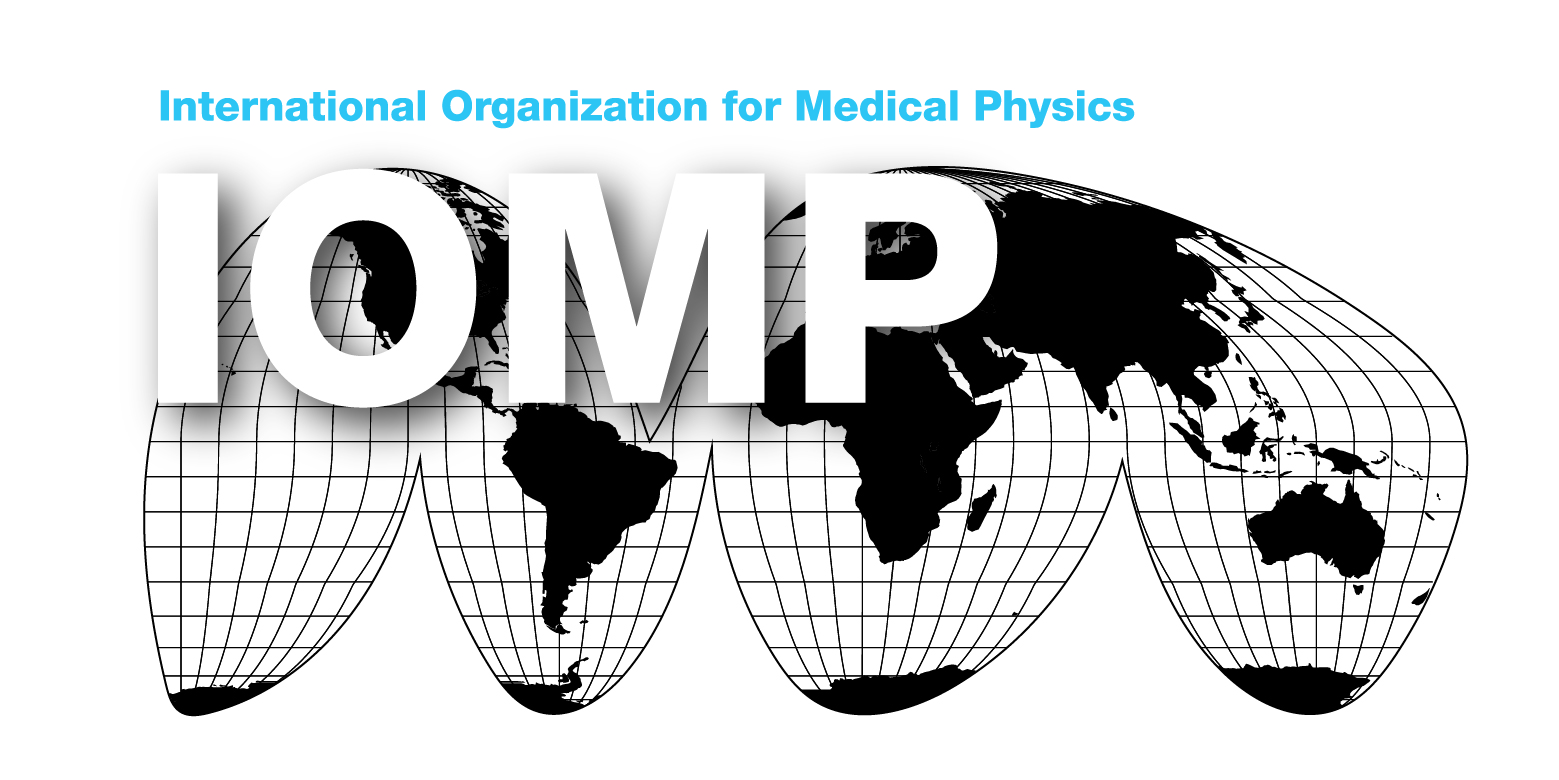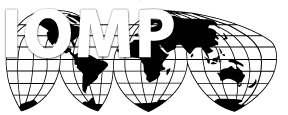IOMP Webinar: Virtual imaging trials in breast imaging
Thursday, 12th May 2022 at 12 pm GMT; Duration 1 hour
NEW: CME/CPD credit point shall be awarded for participation in the webinar in full.
To check the corresponding time in your country please check this link:
https://greenwichmeantime.com/time-gadgets/time-zone-converter/
Organizer: John Damilakis, IOMP
Moderator: John Damilakis, IOMP
Speaker: Hilde Bosmans
 Hilde Bosmans is professor in medical physics in the University of Leuven (Belgium), she is expert in medical physics in the radiology department of the University Hospital Leuven and steers the physico-medical quality control procedures in 103 mammography units in the Belgian breast cancer screening. She has 261 peer reviewed papers and works currently with 12 PhD students at different themes in medical physics. Research in Virtual Clinical Trials was worked out in the frame of PhD theses by Ann-Katherine Carton, Federica Zanca, Elena Salvagnini, Lesley Cockmartin, Eman Shaheen and Liesbeth Van Coillie. Ongoing projects in VCTs in breast imaging focus on the creation of synthetic data for AI training, the optimization of contrast enhanced mammography and expansion to other modalities such as chest x-ray imaging (with the PhD project of Sunay Rodriguez) and cone beam dental applications.
Hilde Bosmans is professor in medical physics in the University of Leuven (Belgium), she is expert in medical physics in the radiology department of the University Hospital Leuven and steers the physico-medical quality control procedures in 103 mammography units in the Belgian breast cancer screening. She has 261 peer reviewed papers and works currently with 12 PhD students at different themes in medical physics. Research in Virtual Clinical Trials was worked out in the frame of PhD theses by Ann-Katherine Carton, Federica Zanca, Elena Salvagnini, Lesley Cockmartin, Eman Shaheen and Liesbeth Van Coillie. Ongoing projects in VCTs in breast imaging focus on the creation of synthetic data for AI training, the optimization of contrast enhanced mammography and expansion to other modalities such as chest x-ray imaging (with the PhD project of Sunay Rodriguez) and cone beam dental applications.
Abstract
Quality requirements in breast imaging are high, especially in breast cancer screening where the ultimate results are also measured and compared to (European) Guidelines. This has triggered many optimization projects and models for detailed breast dosimetry. The parameter space for optimization is however big, many new techniques are being introduced and clinical trials in breast cancer screening require a huge amount of images and take a lot of time. From the early days on, effort has therefore been put in developing breast models and virtual clinical trial (VCT) frameworks.
We will report on the typical components in VCT studies, on their validation and their limitations. The lecture will conclude with illustrating unique results that could be obtained with virtual imaging trials.

